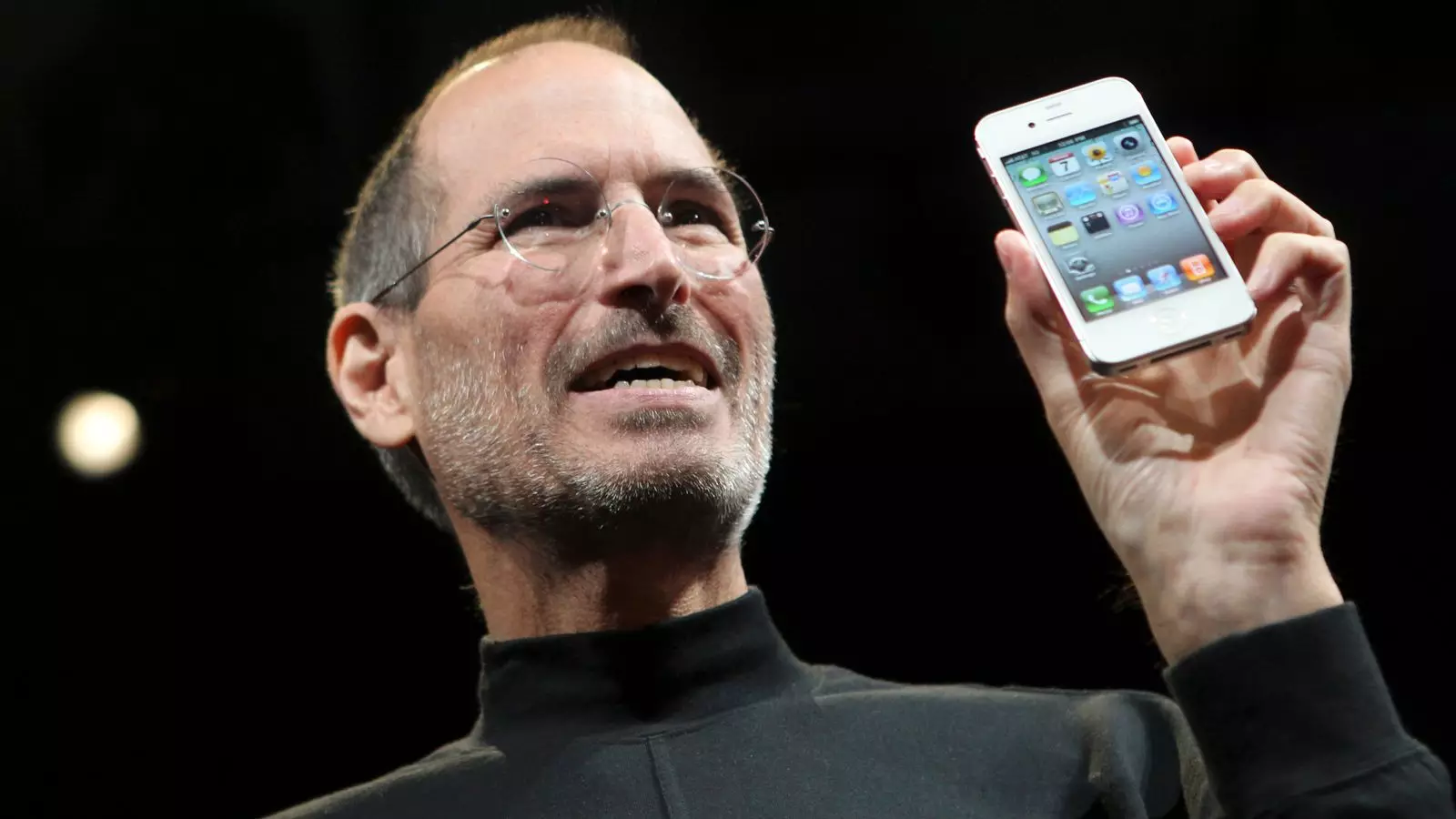As anticipation builds around Rachel Reeves’ economic strategies, one could argue that the fervor surrounding her leadership parallels the excitement generated by Steve Jobs’ return to Apple during its darkest hours. While this comparison made by Science and Technology Secretary Peter Kyle is meant to inspire confidence, the true challenge lies in the execution of ambitious economic policies at a time when many citizens are feeling the weight of financial uncertainty. Reeves faces not only the burden of transforming a flagging economy but also the challenge of restoring faith in a government whose credibility has seen better days.
The notion of revolutionizing the economy is grand and laden with implications—much like Jobs’ vision when he introduced groundbreaking products that reshaped Apple’s trajectory. However, the key difference must be acknowledged: Reeves is operating within a political environment that is often skeptical of progressive change and rife with deep-seated economic inequalities. For every innovative leap that a minister like Reeves proposes, there exists a cynicism born from the failures of past administrations.
The Challenge of Financial Allocation
The allocation of the £86 billion earmarked for science projects demonstrates an apparent commitment to investing in the innovation of our future, as each region in England is set to receive £500 million. While the investment is commendable, the question remains—how effectively can this money be utilized? Can it truly spur innovation, particularly in high-stakes areas like medical research and technology?
Moreover, the finance’s origins evoke concern. The assertion that Reeves “raised money in taxes in the autumn” gives a sense of oversight but also raises eyebrows regarding the sustainability of this funding approach. If these financial measures are politically motivated rather than structurally sound, the so-called innovations may emerge more as a smokescreen than as a substantive solution to the pressing economic woes faced by many communities.
Labor’s Balancing Act: Prioritize Reform or Deflate Expectations
The upcoming spending review is designed to delineate departmental budgets for the years ahead, yet it faces immediate scrutiny. The government’s decision to extend eligibility for winter fuel payments seems driven less by a genuine commitment to alleviating hardship and more by an instinct for damage control. After all, scrapping universal winter fuel payments was a controversial decision that left an indelible mark on public trust.
As Reeves takes the stage with promises of enhanced educational funding—the “most we’ve ever spent per pupil”—the potential for deeper cuts in other departments raises eyebrows. Will these increased investments come at the cost of essential services in health, housing, or welfare programs? The tight fiscal constraints imposed by Reeves could lead to a paradox where the promise of innovation and growth contrasts sharply with cuts that deepen existing inequalities.
Space for Growth: When Will the Promises Materialize?
Investing in the space sector and high-tech innovations may indeed yield significant job opportunities in the long run; however, the immediate needs of the population must be addressed first. The focus on futuristic endeavors, while romantic, risks alienating those grappling with present-day challenges. Words such as “innovation” and “growth” can serve as a dual-edged sword, often leading to a sense of neglect among those just trying to make ends meet.
For example, how coherent is the government’s vision when people struggle to afford basic necessities? Can we afford to invest heavily in high-tech solutions while neglecting the underlying, pressing issues that cloud daily life for millions? Similarly, showcasing investment in vaccine technologies amid a backdrop of crumbling public health services raises questions about priority—are we racing toward the future while sidelining today’s urgent needs?
While there is undeniable optimism in the air surrounding Rachel Reeves as she charts a new economic course, the vision presented must meet the reality of sustainable change. The potential for innovation is flourishing, yet it hinges on authentic engagement with the populace to ensure no one is left behind in this quest for progress. The resonance of economic revitalization through strategic funding must translate into tangible benefits for all, rather than remain an abstract notion detached from the urgency of the moment. The path forward will demand not only audacity in vision but also sincerity in execution—elements that must guide policymakers in this critical junction.


Leave a Reply